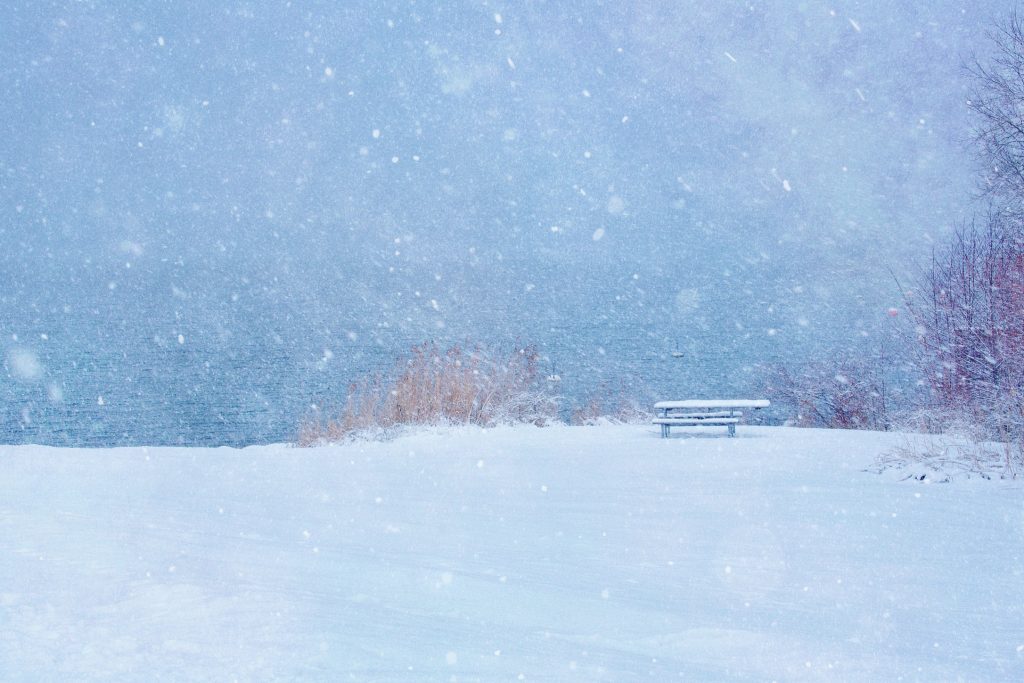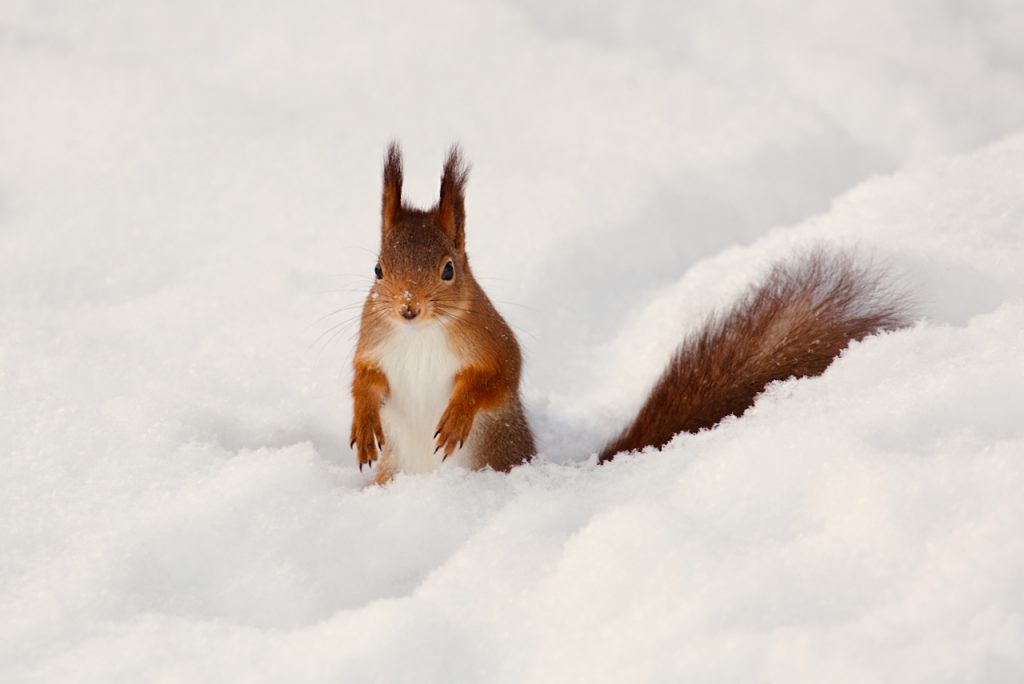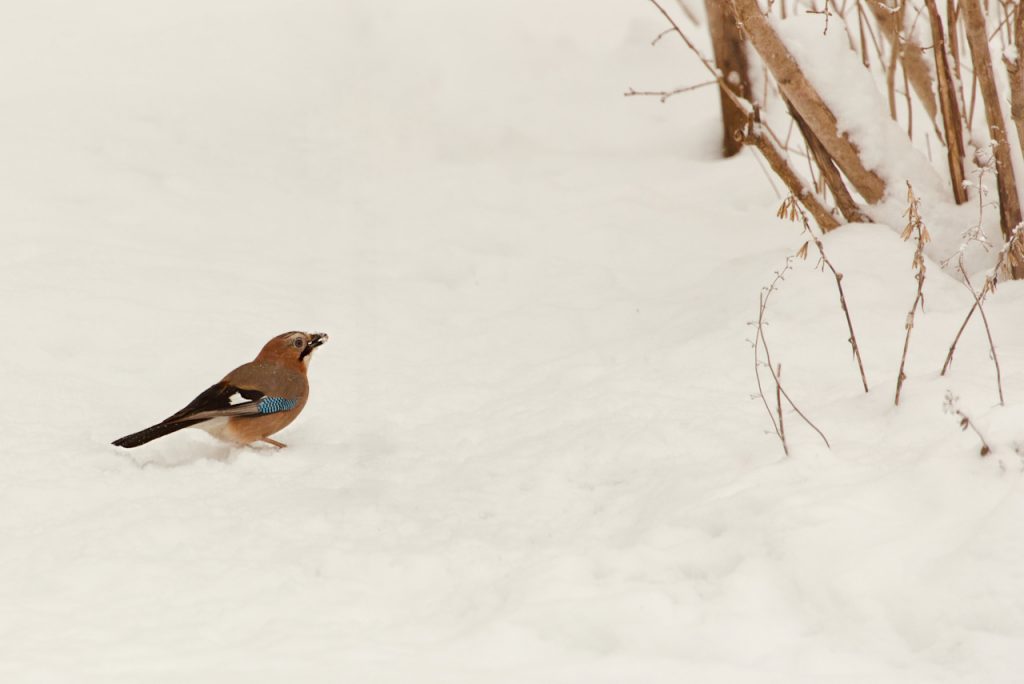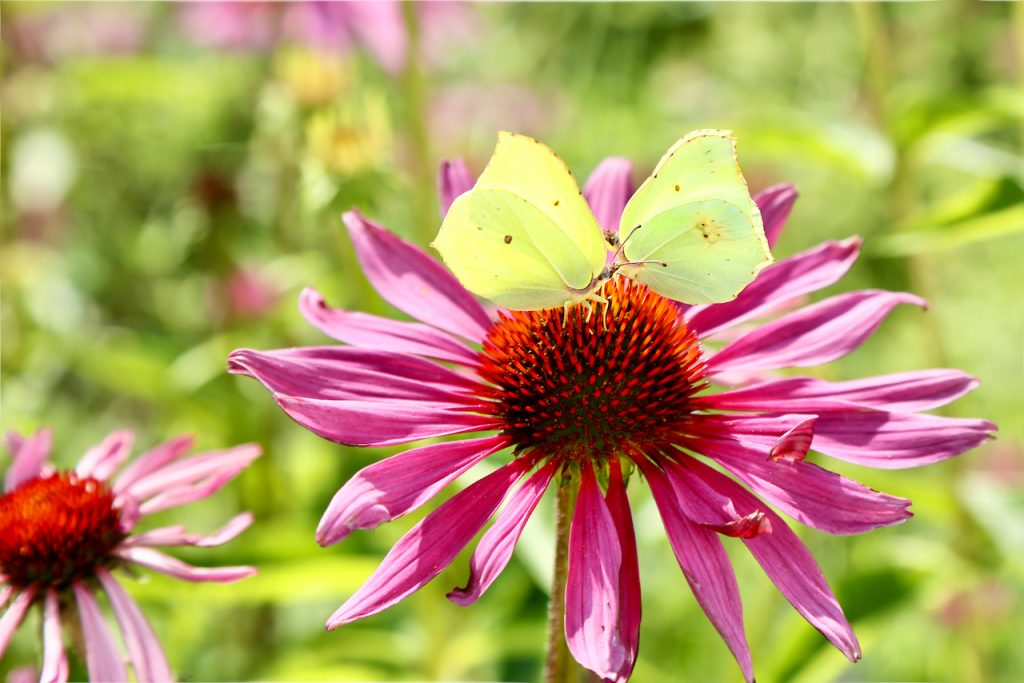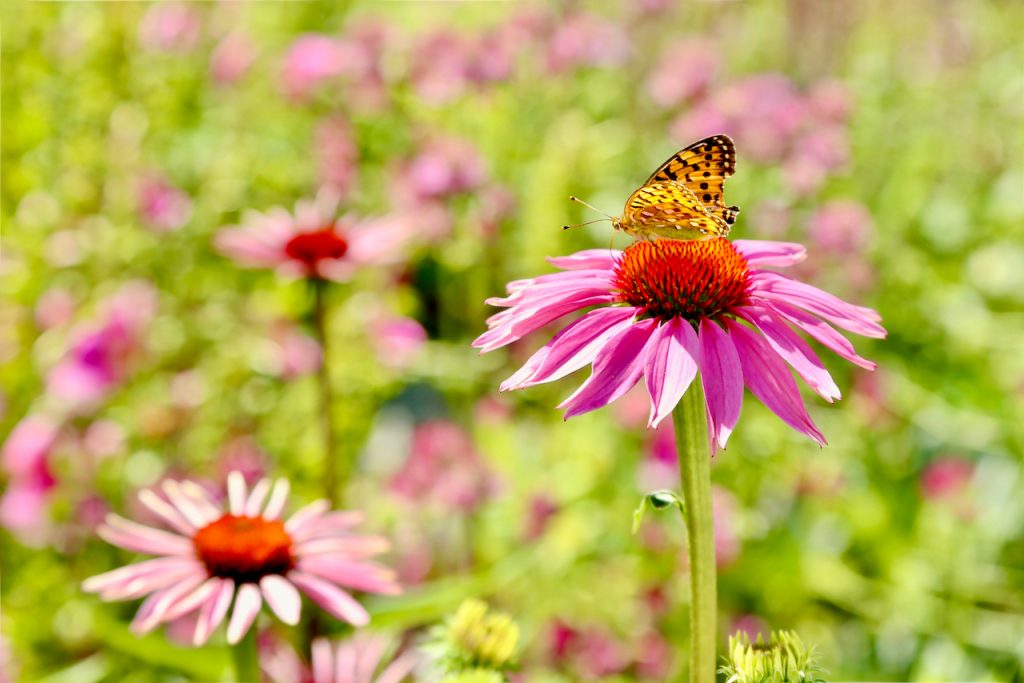
The sun is finally out, and the gardening season is in full swing! I’m either busy in the garden or capturing its beauty, which leaves me with little time for photo editing. And let’s be honest, who wants to be cooped up indoors when the sun is shining? I guess I’ll have to wait for a rainy day to catch up on some editing, ha, ha!
Here are a few photos I managed to edit from May: first out, the delicate cherry tree flowers in Kungsträdgården. I go there every year to photograph the pink fluffy flowers of the Japanese cherry trees, and this year was no exception. It’s such a joy!
A playful red squirrel because, you know, squirrels 😍.

Vibrant pink peonies from my garden. These peonies are from last year, and I can’t help but look forward to the magical moment when this year’s blooms grace my garden in a few weeks.
I hope you enjoyed these photos; there are more to come next month.
Related Posts
- Favorite Photos: April 2024
- Favorite Photos: March 2024
- Favorite Photos: February 2024
- Favorite Photos: January 2024
- My 2023 Favorite Photos
- Favorite Photos: December 2023
If you liked this post, share it on your preferred social network or forward it to a friend.















